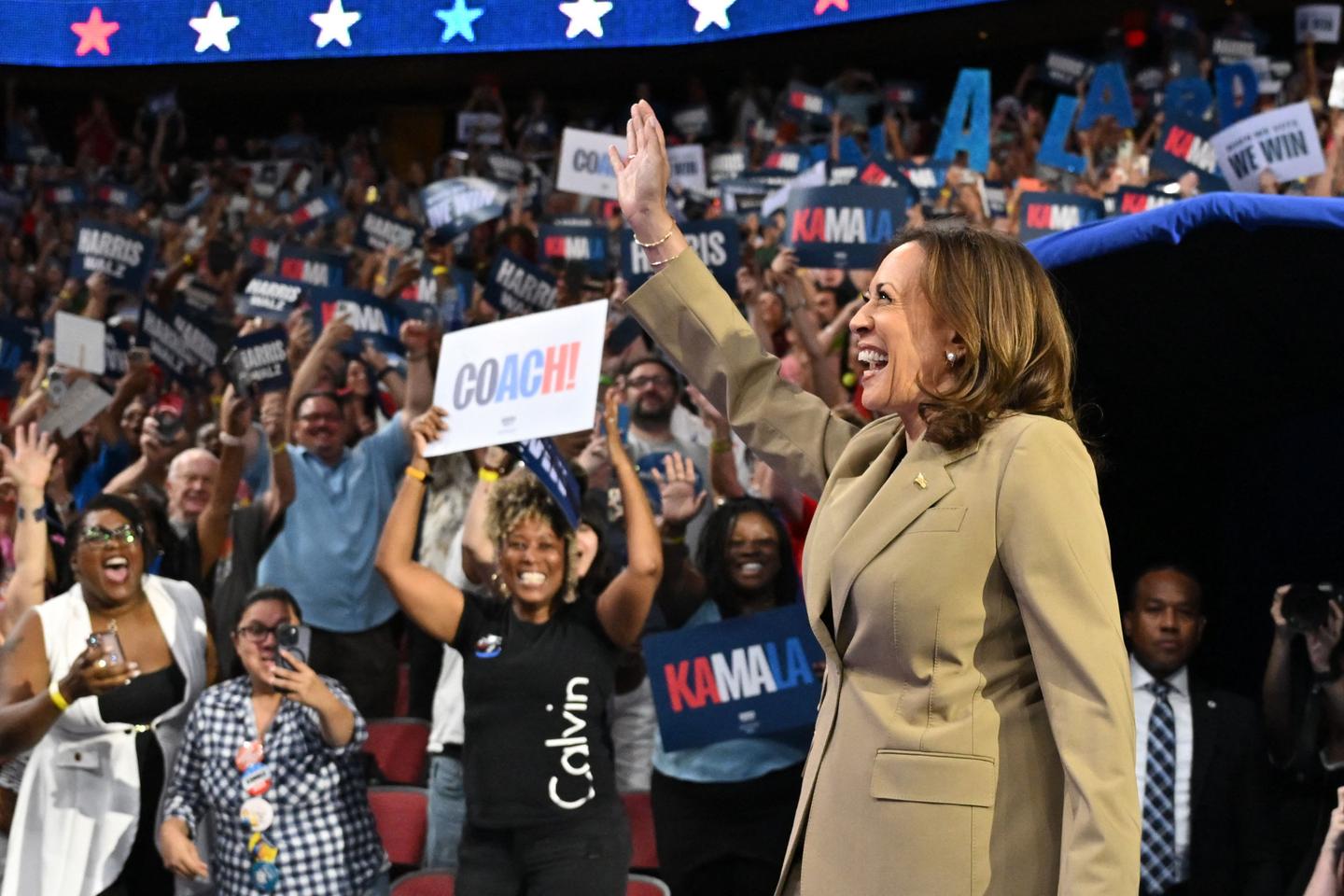


The conventions held by the two main American parties every four years, prior to each presidential election, are a great tradition of political life on the other side of the Atlantic, a kind of oratorical rodeo, a mixture of tradition, emotion and, in good years, revelations. The Democratic National Convention that opens in Chicago on Monday, August 19, promises to be like no other: It will be the scene of the coronation of an unexpected candidate, Vice President Kamala Harris, who, in the space of three weeks, has electrified the campaign, pushed Donald Trump up against his tired boxer's ropes and given the Democrats back their taste for victory.
Since July 21 hope has in fact changed sides. The decision by 81-year-old President Joe Biden to withdraw from the race in favor of Harris, bowing to pressure from Democratic leaders worried about the impact of his age, has completely reversed the dynamic. The timing of the announcement sharply cut the dramatization around the attack on Republican candidate Trump, who had been shot in the ear a week earlier during an election rally. It also obliterated the media boost of his party's convention, held over the following days in Milwaukee.
California ex-prosecutor Kamala Harris, 59, has transformed herself from a lackluster vice president, keeping her place in the president's shadow, into an energetic candidate with infectious enthusiasm. Going on the offensive, she has so far made a clean sweep, confirmed by a rapid rise in the polls, particularly among Black and Hispanic voters who were moving away from Biden.
An optimistic and confident ticket
The size of the crowds she draws to her rallies has unsettled Trump, who is so sure of his singular appeal that he has accused her, against all evidence, of using artificial intelligence to inflate images of packed stands. The choice of a Midwesterner as a teammate, Minnesota Governor Tim Walz, was very well received by supporters. The image of an optimistic, confident ticket contrasts with the tougher, more vindictive duo of Trump and JD Vance, the young Republican senator from Ohio. Finally, Harris began to set out her vision for the presidential term she is seeking by revealing, on August 16, the broad outlines of an economic policy focused on improving the purchasing power of the middle class and the role of the federal state in this effort.
As spectacular as this new Democratic turnaround is, Harris still has to accomplish what's most crucial. The polls give the Harris-Walz ticket hope of ousting the Trump-Vance duo in the key states of Michigan, Pennsylvania and Wisconsin, and even making headway in Georgia and Arizona. But the Republican Party, which retains the advantage in the Electoral College system, is far from defeated. Trump has plenty of opportunities to bounce back between now and November 5, including in the televised debate with the Democratic nominee on September 10.
In the meantime, Harris and her party already have one success to their credit, which the convention will have to confirm: that of having put hope, dynamism and rationality back at the center of the democratic game in the United States and offered in record time a solid alternative to the disastrous prospect of a second Trump term.
